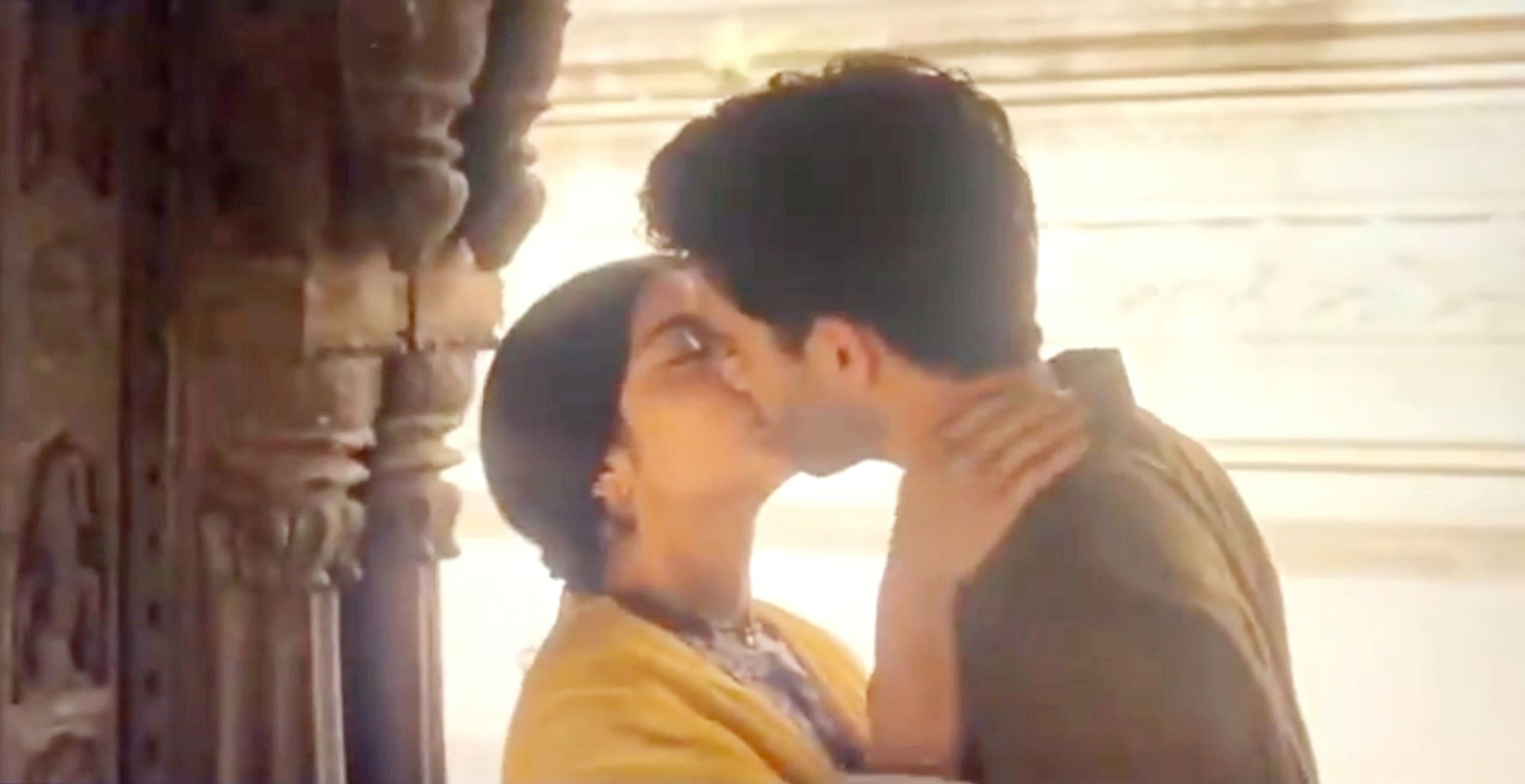
Things end well for Lata Mehra, who is on a quest for her ideal man in the Netflix miniseries ‘A Suitable Boy’, but the series itself has run into trouble in India, with the hashtag #BoycottNetflix trending on Twitter.
The angry tweets came after a complaint by Gaurav Tiwari, a BJP leader, for a scene in which Lata and the Muslim boy she is in love with share a kiss in a temple corridor.
The contention was that the scene “hurts religious sentiments” by insulting millions of Shiva devotees because the kiss is shot in a temple. And in Madhya Pradesh, where the temple is located, an FIR was filed against Netflix.
From the social media backlash, it seems the real provocation could be the interfaith nature of the relationship rather than the kiss itself. After all, the imagery of physical love is not alien to temples in India, and Tiwari has also gone on to accuse Netflix of promoting “love jihad,” a term used to allege that religious conversions take place in the name of love.
While three states in India contemplate laws purportedly against forced conversions, it is too early to tell if the charge against Netflix could gain momentum. The irony, of course, is that Lata doesn’t choose this boy in the end, and no interfaith marriage takes place in ‘A Suitable Boy’, a six-episode period drama produced by the BBC and directed by Mira Nair.
This is the second time recently that a creative work depicting a Hindu-Muslim relationship has triggered outrage. In October, after a #BoycottTanishq campaign showed a Muslim mother-in-law celebrating her Hindu daughter-in-law’s baby shower, the jewellery brand took down the ad, regretting the “inadvertent stirring of emotions” and refusing to risk “the well-being of its employees.” The retraction didn’t please anyone: supporters of the ad saw it as spineless, and the others thought it wasn’t apologetic enough.
Interfaith romances in Indian mainstream films have been rare, but they haven’t always had to contend with such public outrage. Was it the genius of Raj Kapoor, or was India then innocent enough that no one saw ‘Bobby’ (1973) as anything but a love story?
‘Bombay’ (1995) drew some anger against Mani Ratnam, but the idea that an interfaith marriage could work without conversions seemed to go down okay, if the film’s success was any indication. But mostly, even when bonhomie between religions was being emphasised, films were careful to steer clear of problematic territory. Amar got his Lakshmi, Akbar got his Salma, and Anthony got his Jenny. But what if filmmakers and storytellers refuse to police themselves? Can we allow social media outrage or the government’s acceptability standards to dictate what stories are told? Earlier this month, the Central government announced plans to regulate content on video streaming platforms like Netflix, Amazon Prime Video and Disney+ Hotstar. It is not clear yet what falls under the ambit of regulation, but let us hope we aren’t headed for our own version of the Hays Code of the 1930s, which, for close to three decades, enforced “moral guidelines” for Hollywood on what subjects were considered suitable.